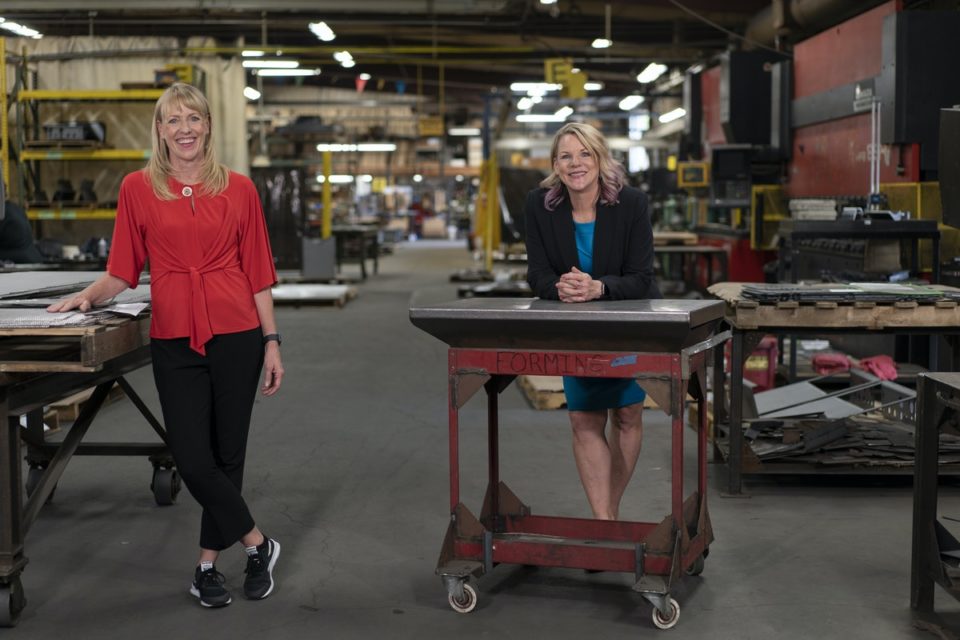How One Small Business Is Finding Workers in a Tight Job Market

Story by Thaddeus Swanek, U.S. Chamber of Commerce
Today, businesses large and small are facing unprecedented challenges in finding enough workers to fill open jobs. What’s more, the latest data reveal the national worker shortage crisis is getting steadily worse. There were 10.6 million vacant job openings in the United States—a record high—at the end of November 2021, the latest month for which data is available.
The pandemic forced businesses to get creative and adapt in order to survive. Now, the worker shortage crisis is forcing them to improvise again. In this new world, one Midwestern small business is learning new ways to find and recruit workers to stay one step ahead of the competition.
“Right now, we’re doing whatever we can to attract the workers that we need,” says Traci Tapani, Co-President of Wyoming Machine, a precision sheet metal fabricator based in Minnesota. “We are using more than one contract employment agency to try to help us find candidates. We’re also using online resources to post jobs.”

Almost half (46%) of small businesses say their business is facing a worker shortage according to date from the latest MetLife and U.S. Chamber of Commerce Small Business Index. Even more notice their peers can’t find enough workers: Fully 76% of small businesses surveyed reported noticing staff shortages at other small businesses in their area.
This has forced companies like Wyoming Machine to expand their benefits to attract talent. A top priority has been offering more flexible work schedules—something many workers have become used to during the pandemic—but is still rare for an assembly-line manufacturing business to offer.
“We have offered a lot more flexibility on recent job openings than we’ve done in the past,” Tapani says.
“We are now offering the options of part-time work as well as full-time work, hoping that we might be able to attract some people that are only available during certain hours of the day. And I do think that that’s helped us get more applicants.”
The labor shortages are having impacts across many industries. Last quarter, 60% of commercial building contractors reported putting in higher bids for projects and 45% reported turning down work because they couldn’t find enough skilled workers. Meanwhile, 54% of middle market companies indicated they had increased compensation to obtain workers.

Tapani says her company offers paid time off sooner to newer employees than it has in the post. She added that the more traditional tactic of offering higher wages is also helping the company find more talent as wages rise throughout the economy.
“We have done proactive wage increases across the board, here among our existing workforce,” Tapani says. “That has been a way to try to retain those individuals because there is such a tight labor market, as well as offering higher wages to people who are just starting.”
The competition for talent shows no signs of letting up. Of those small businesses surveyed 38% of small businesses anticipate increasing their headcount next year, an increase from last quarter (28%) and the highest mark for this measure since 2017. 56% of middle-market companies said they will increase hiring, and 68% implied they would increase pay to attract workers.
Get ready for the competition for workers to stay hot in 2022.


